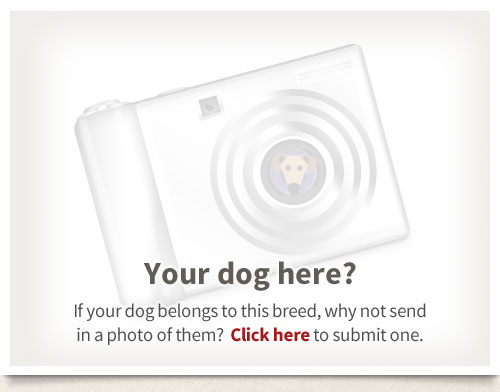Origin
The English Toy Terrier (also known as the Toy Manchester Terrier and Rat Terrier) came into existence in the19th century as a vermin hunter and formidable adversary in the rat pit. Its distant forebears were the smooth Black and Tan Terriers which have a documented history going back to the 16th century. From the Black and Tans came the Manchester Terriers and from small specimens of this breed the English Toy Terrier was developed. It is suggested that the fineness and elegance of the English Toy may be accounted for by the introduction of Italian Greyhound and/or Whippet blood to the Manchester Terrier. During the Victorian era tiny dogs were much admired with the consequence that English Toys were bred smaller and smaller to satisfy the demands of the fashionable. Breeding for size without thought of health and temperament did the breed a great disservice, but fortunately that trend was reversed and English Toys are again the robust and sensible dogs they should always have been. The English Toy Terrier (Black and Tan) was recognized as a breed by the Kennel Club in 1962.
Character
The compact little English Toy Terrier is a loyal and affectionate companion who thrives on the company of his people. In a family situation he will enjoy being petted and will dispense love to all but may reserve his deepest adoration for just one person. Despite being categorized as a Toy his attitude and outlook on life make him far more than simply an ornamental lap dog. He has a good deal of the typical terrier personality: courageous, effervescent and more than capable of giving any number of rats or mice a nasty surprise. While he is never aggressive the ETT is not one to make friends indiscriminately and he can be somewhat aloof with people until he gets to know them. He is an admirable watchdog as he is always alert to what is happening and has extremely keen hearing. His owners will be warned by his penetrating bark of approaching strangers or anything untoward occurring in the vicinity of his territory. He is generally good with children but he is unlikely to be patient with teasing or clumsy handling and being fine boned may be injured in rough play, so he is best suited to families with older, considerate children. He can be quite sociable with other dogs if accustomed to them from an early age but care must be taken with small domestic pets as scurrying movements will trigger his ratting instinct. Gardens need to be well fenced as he is an inquisitive chap with an independent streak and his curiosity and self-confidence may lead him to stray into trouble. The English Toy Terrier is at home in city or country, apartment or farm, wherever his owner is that is where he finds comfort and contentment.
Exercise
Only a moderate amount of exercise is required to keep the English Toy Terrier fit and healthy but this should include a daily walk to maintain muscle tone and, as he is an intelligent dog with an inquiring mind, getting out and about will keep boredom at bay by providing interesting smells and sights to stimulate his brain. He does not like the cold and it is necessary to put a coat on him in chilly or wet weather. Care must also be taken on hot days as this breed is susceptible to sunburn. Being both nimble and possessed of a good deal of stamina he is well suited to the canine sport of agility.
Training
It is important that basic obedience training should be commenced as soon as possible in order that he should be agreeable to live with and welcome in society. Apart from a tendency to get a bit distracted the ETT is not a difficult dog to train and can do very well in competitive obedience. Sessions should be brief and made as interesting and as much fun as possible for him. Only positive methods which reward good behaviour with treats and praise should be used. Such methods will bring out the best him whereas harsh methods will bewilder and scare him to the extent that he may ‘close down’ and refuse to work for fear of getting it wrong. Early socialization, which introduces him to a variety of people, animals, situations, objects and noises, will ensure that he matures into a well-mannered, friendly adult who is a credit to his breed.
Health
- Glaucoma
- von Willebrand’s disease (VWD)
- Legg-Perthe-Calve’s disease
- lens luxation
- hypothyroidism
- progressive retinal atrophy (PRA)
- cataracts. May be sensitive to some anaesthetic agents
Pictures
Some photographs of the English Toy Terrier (Black and Tan)...





